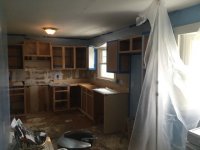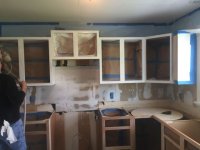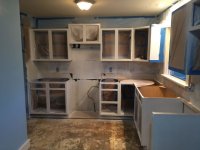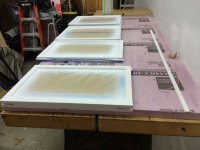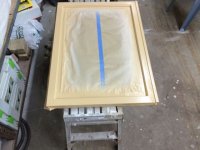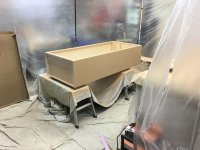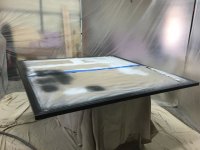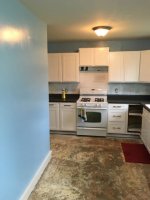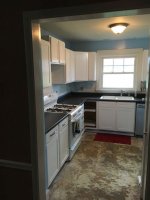tjbnwi
Member
- Joined
- May 12, 2008
- Messages
- 7,058
wptski said:Ah! That must be a typo, as you meant "aid" instead of "add" and I misunderstood. I found the SW dry fall paint now.tjbnwi said:wptski said:This is an SW additive, does it have a name?tjbnwi said:Bull, properly set the overspray is darn near nonexistent on an HVLP. If you're getting overspray that is uncontrollable something is set incorrectly for the product.
Airless due to rebound will disperses the overspray over larger areas. Sherwin Williams makes a dry fall paint to add in cleaning up the mess an airless will make.
This is a Fuji Q4, with pressure pot set at 18 psi, KA+ through a T-70 gun with an 0.8 nozzle/needle set-1.0 air cap. No "mist" in the air, there is no direct ventilation draw at the spray point.
Tom
You are mismatching aircaps with nozzle/needle set? What are you gaining with this?
I don't understand your question Bill. What additive, I did not mention one in my post.
Wider fan.
Tom
The Fuji T-70 has a 1"-15" pattern adjustment knob, pattern changes with air caps? Sorry, I'm not following that.
Yes, my typo.
Spray a product with the matched cap, then spray with a larger and smaller cap. You'll find the product breaks up differently and the pattern will change without changing the setting.
Tom

